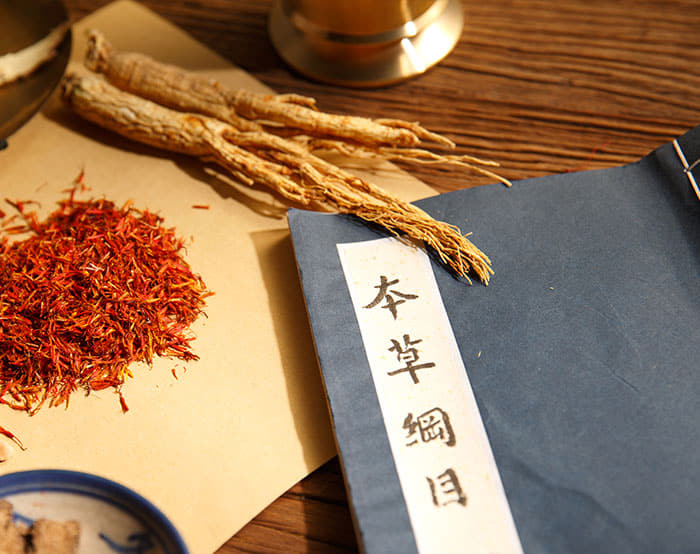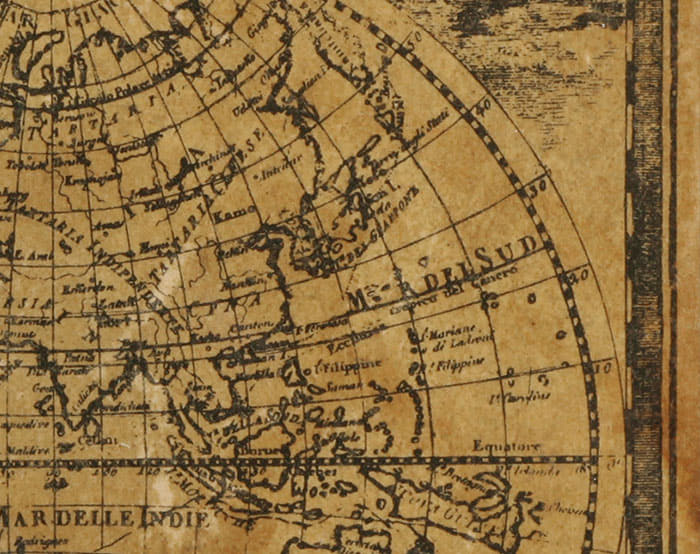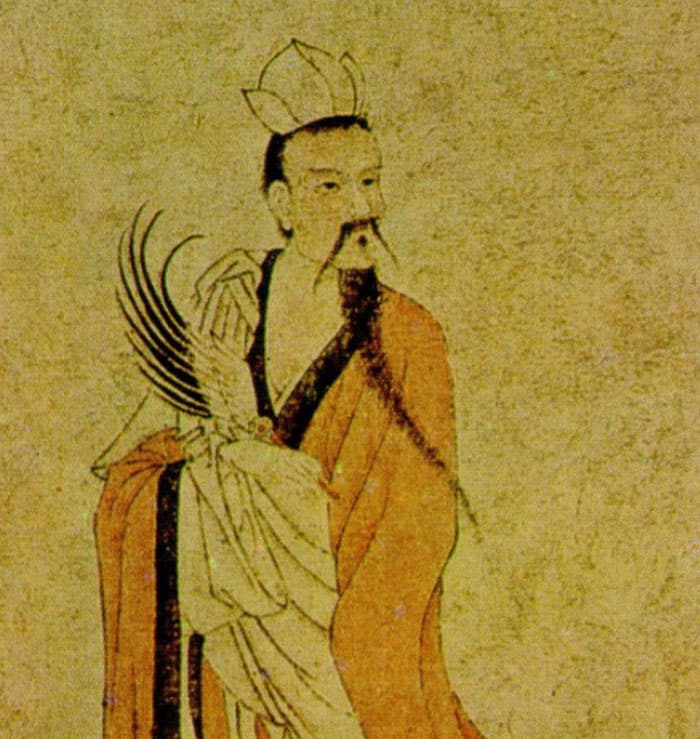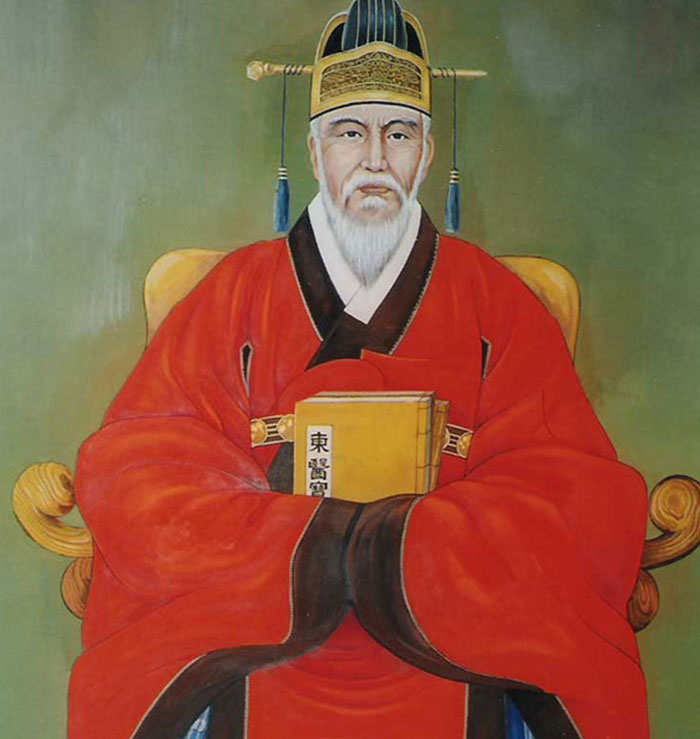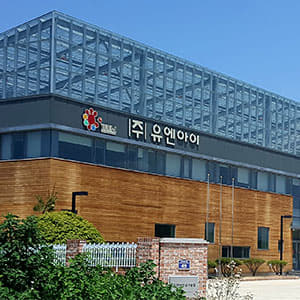
With Trust, Quality, and Honor
With Trust, Quality, and Honor, Under the 'Customer First' principle, YOU&I has devoted to developing ginseng-originated product, increasing the quality, and manufacturing various ginseng products for 50 years.
Here's our promise: YOU&I, the company dedicated to the welfare of the society, will do its best to be the world-best company by progressive management, innovative research, and advanced idea.
Development of trustworthy ginseng, high-quality ginseng product, openness to the world, they are at the center of the management philosophy of YOU&I.
We promise to think, accompany with, and give priority to our customers.
